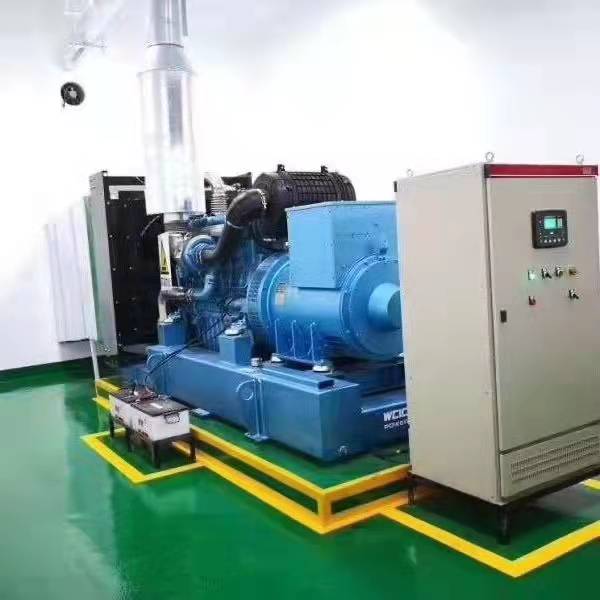
The function of a mobile power station / The role of a mobile power station
Source: Haichuan Power Release Time:2025-10-27 Views:1
As a flexible and efficient emergency power supply device, the core role of a mobile power station revolves around "rapid response and flexible deployment," which is specifically reflected in three major scenarios:
1. Emergency Rescue Scenarios
When natural disasters such as earthquakes, floods, and typhoons cause power grid outages, mobile power stations can quickly reach the site. They provide stable power for rescue command centers, temporary medical points, and disaster victim resettlement areas, ensuring the normal operation of communication equipment, medical instruments, and lighting systems, and supporting the orderly progress of rescue and relief work.
2. Temporary Operation Scenarios
In scenarios without fixed power grid coverage—such as outdoor engineering construction (e.g., road construction, bridge building) and field exploration (e.g., geological surveys, oil extraction)—mobile power stations can move flexibly with the operation site. They provide continuous power for construction machinery (e.g., excavators, mixers) and exploration equipment (e.g., detection instruments, data transmission devices), ensuring the operation process is not interrupted.
3. Special Guarantee Scenarios
In scenarios such as large-scale outdoor events, temporary gatherings, and municipal emergency repairs, mobile power stations can serve as backup power sources. They respond to sudden increases in grid load or unexpected power outages, ensuring the normal operation of equipment such as audio systems, lighting, and temporary ticketing systems, and preventing power outages from disrupting event order or public services.


 En
En





